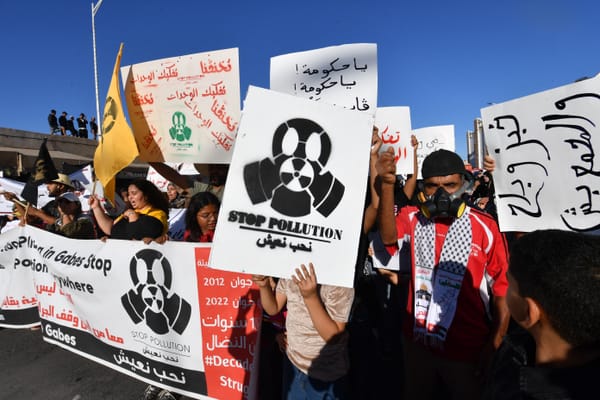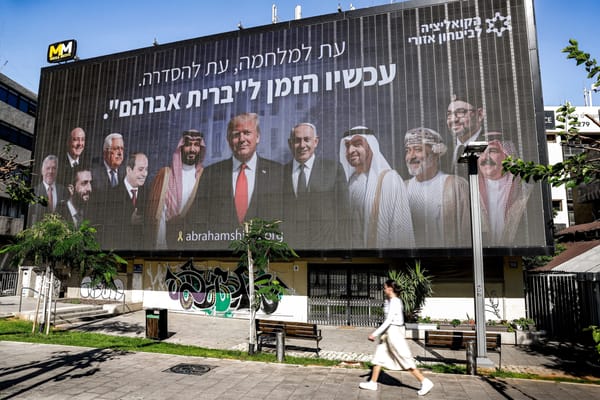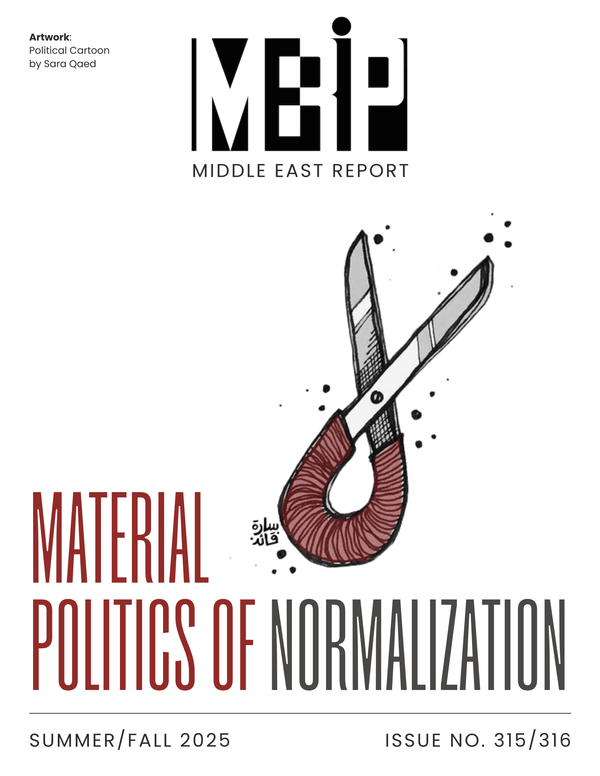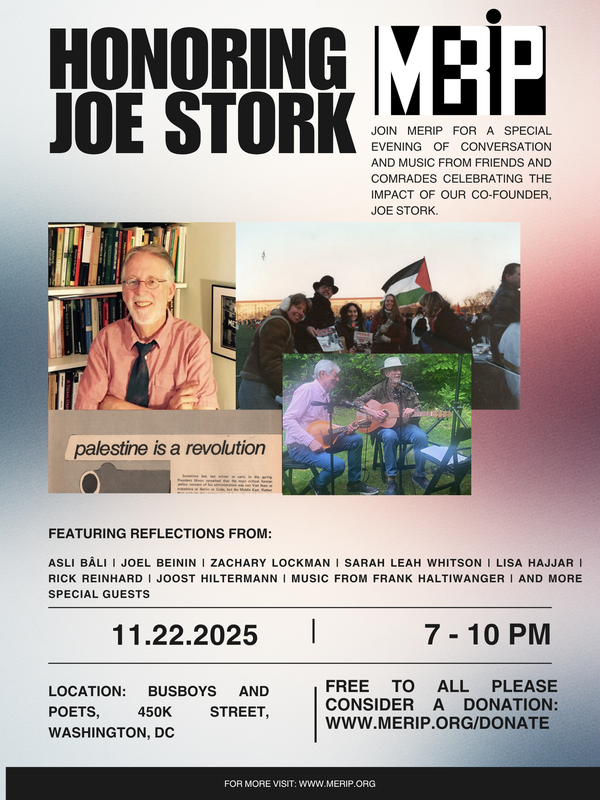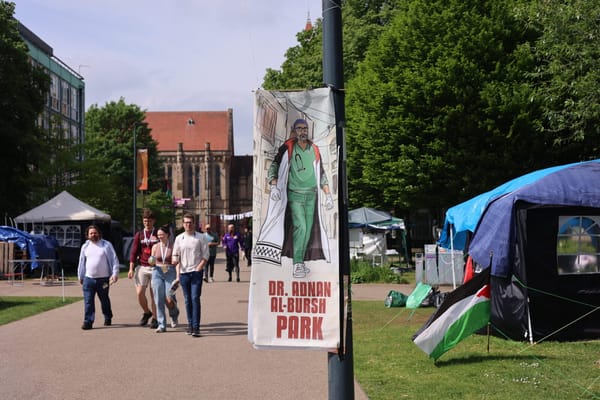Mosireen
Yesterday’s piece [http://www.merip.org/mero/interventions/art-egypts-revolutionary-square] by Ursula Lindsey, entitled “Art in Egypt's Revolutionary Square.” is a very astute and measured account of the art that has emerged in Egypt, in the wake of, and inspired by, the momentous events in Tahrir o

